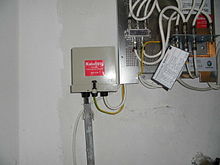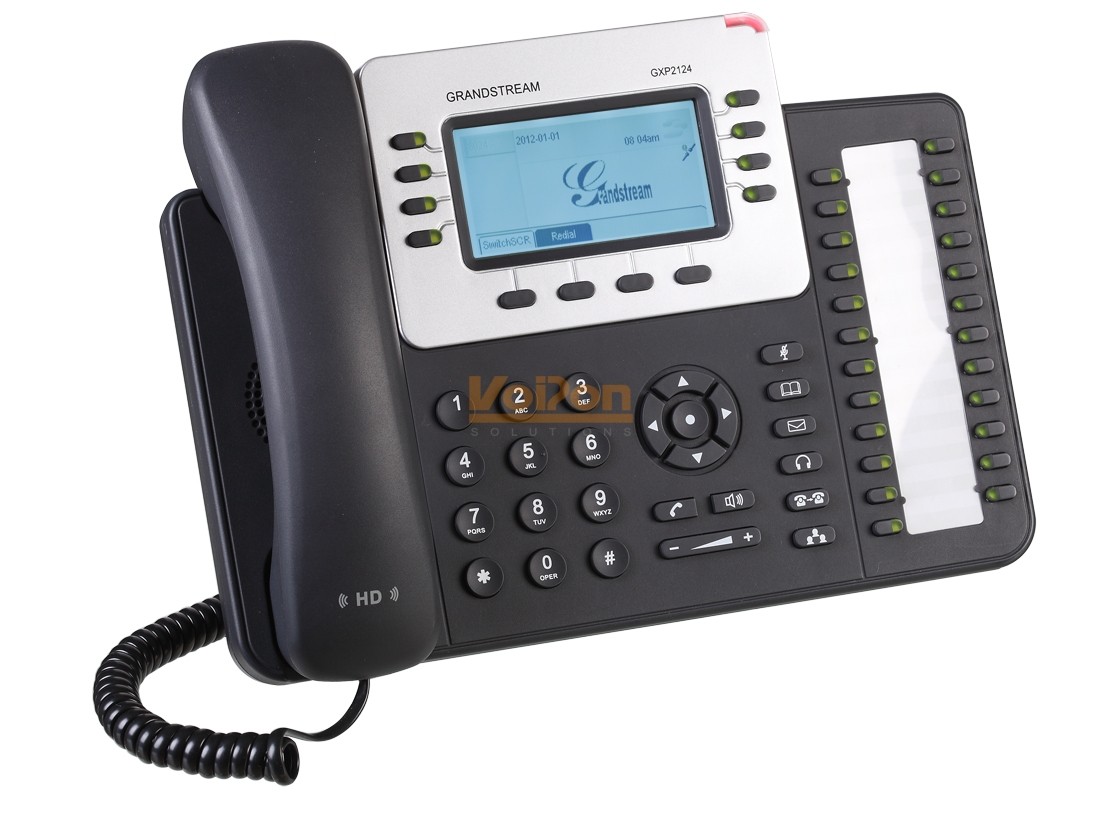Apr 01, 2019 My latest project is setting up an Intel NUC with Unifi Video for a family member who had a cheap camera recently die. This post will show some of the interesting specifics, but is not a A-Z guide. For versions 3.10.1 or Earlier: 1. If you wish to restore your current configuration after the reset, ensure you have a configuration backup, or generate one from the Settings page in UniFi Video before proceeding. Shutdown UniFi Video via the notification area icon. Run Notepad as an Administrator. Chapter 12: UniFi Access Point Details UniFi Controller User Guide UniFi Access Point – Details Uplink (Wired) If your AP has a wired uplink connection, click Uplink Click Overview to display the device specifics, connection (Wired) to display details about the wired uplink. View and Download Ubiquiti UniFi UAP user manual online. Enterprise WIfi System. UniFi UAP Wireless Router pdf manual download. Also for: Unifi uap-lr.
| Main display: TFT 1280 x 800 px (10.10″) 149 ppi |
| Android 4.2 Jelly Bean |
| Intel Atom Z2560 1,60 GHz [Number of cores: 2] |
| Li-Ion 6800 mAh |
| Internal memory: 16 GB |
| RAM memory: 1.5 GB |
| 3.2 Mpx, 2048x1536 px |
| Other names: | GT-P5200, P5200 |
| Dimensions: | 176,1 x 243,1 x 7,98 mm |
| Weight: | 510 g |
| Standard UMTS: | 850/900/1900/2100 |
| Standard battery: | Li-Ion 6800 mAh |
| Internal memory: | 16 GB |
| RAM memory: | 1.5 GB |
| Memory cards: | microSD, microSDHC, microSDXC, max 64 GB |
| Operating system: | Android 4.2 Jelly Bean |
| Processor: | Intel Atom Z2560 1,60 GHz Number of cores: 2 |
| GPU: | PowerVR SGX544 MP2 @400 MHz |
| Main display: | TFT 1280 x 800 px (10.10″) 149 ppi |
| Touchscreen: | Yes |
| Digital camera: | 3.2 Mpx, 2048x1536 px |
| Secondary camera: | 1.3 Mpx, 1280x960 px |
| Video: | H.263, H264, MPEG4 |
| MP3: | Yes |
| Dictionary: | Yes, XT9 |
| EMS: | - |
| MMS: | Yes |
| Speakerphone: | Yes |
| Voice dial: | - |
| Call forwarding: | - |
| e-mail client: | Yes |
| RSS Reader: | Yes |
| IrDA: | Yes |
| Bluetooth: | Yes, v4.0 |
| WiFi: | Yes, v802.11 a/b/g/n |
| Hotspot WiFi: | Yes |
| DLNA: | Yes |
| WAP: | Yes, v2.0 |
| xHTML: | Yes |
| HSCSD: | - |
| HSDPA: | Yes, 21,00 Mbit/s |
| HSUPA: | Yes, 5,76 Mbit/s |
| HSPA: | Yes |
| HSPA+: | Yes |
| LTE: | - |
| NFC: | - |
| WiMAX: | - |
| USB | Yes, v2.0 |
| HDMI | - |
| GPS: | Yes |
| Push To Talk: | - |
| Java: | Yes, Dalvik |
| Calendar: | Yes |
| Watch: | Yes |
| Recorder: | Yes |
| Alarm: | Yes |
| Stopwatch: | Yes |
| Organizer: | Yes |
| Calculator: | Yes |
| Polyphony: | Yes |
Mobile terms glossary
3G - Analog cellular phones were the first generation while digital marked the second generation.3G is loosely defined, but generally includes high data speeds, always-on data access, and greater voice capacity.
The high data speeds are possibly the most prominent feature, and certainly the most hyped. They enable such advanced features as live, streaming video.
There are several different 3G technology standards. The most prevalent is UMTS, which is based on WCDMA (the terms WCDMA and UMTS are often used interchangeably).
The GPU (Graphics Processing Unit) is a specialized circuit designed to accelerate the image output in a frame buffer intended for output to a display.
GPUs are very efficient at manipulating computer graphics and are generally more effective than general-purpose CPUs for algorithms where processing of large blocks of data is done in parallel.
Modern smartphones are equipped with advanced embedded chipsets that can do many different tasks depending on their programming. GPUs are an essential part of those chipsets and as mobile games are pushing the boundaries of their capabilities, the GPU performance is becoming increasingly important.
MMS is an extension of the SMS (Short Message Service) protocol, allowing the exchange of text messages exceeding 160 characters. Unlike SMS, which is text-only, MMS can deliver a variety of media. This media may include up to forty seconds of video, audio, one image, or a slideshow of multiple images. MMS requires a third generation (3G) network to send large MMS messages (though smaller MMS messages may be transmitted over second generation networks using GPRS).

IrDA (Infrared Data Association) - A standard for transmitting data using an infrared port. Transfer speeds are roughly the same as traditional parallel ports. The industry group that created the IrDA technical standard.
Infrared connectivity is an old wireless technology used to connect two electronic devices. It uses a beam of infrared light to transmit information and so requires direct line of sight and operates only at close range.
IR was superseded by Bluetooth, which has the advantage of operating at longer distances (around 30 feet) and being omni-directional.
 Many home devices such as TVs and DVD players still use IR remote controls. Some smartphones are capable of using their IR port to control these devises but that usually requires third-party software.
Many home devices such as TVs and DVD players still use IR remote controls. Some smartphones are capable of using their IR port to control these devises but that usually requires third-party software. Bluetooth is an industry standard for contactless data transmission and communication between two devices. The range is usually 1 to 10 m and rarely more than 100 m. In some cases, distances of up to 200 m are possible.
Wi-Fi is a short-range wireless communication technology adopting the 802.11 wireless network standard. Most of the notebook computers, mobile phones or mobile Internet devices nowadays are able to support Wi-Fi wireless connection. The transmission speed of Wi-Fi can be up to 54 Mbps, while its communication range can reach 305 meters with high stability and reliability. At present, many coffee shops, shopping malls, hotels and airports offer chargeable or free-of-charge Wi-Fi wireless broadband. The service is also available on some public transport.
DLNA (Digital Living Network Alliance) is a set of protocols to enable sharing of digital media between multimedia devices.
Universal Serial Bus (USB): A standard port that enables you to connect external devices (such as digital cameras, scanners, keyboards, and mice) to computers. The USB standard supports data transfer at three rates: low speed (1.5MBps), full speed (12Mbps) and high speed (480 MBps).
 Mbps=million bits per second.
Mbps=million bits per second.b>HDMI - High-Definition Multimedia Interface. HDMI is a high definition (HD) interface standard for the transmission of uncompressed digital audio visual data. HDMI can support 720i, 720p, 1080i and 1080p with up to eight channels of audio data. Since HDMI is fully digital and has no image compression the image quality should not suffer form any image degradation.